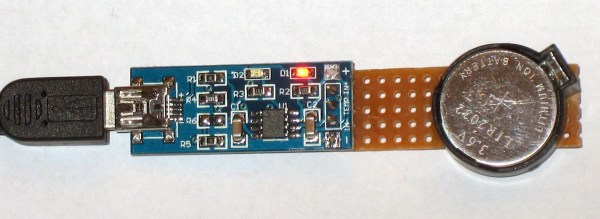
[Andrian] has a boiler stove that heats water and sends it to a radiator. As the fireplace heats the water in a boiler a temperature sensor opens the a valve to send the warm water to the radiator. The radiator sends its cool water back to the boiler to be reheated. The valve is slow, so before the boiler can send all the water to the radiator, it’s getting cool water back causing the valve to close while the heat is built back up. To prevent the valve from working so hard and wasting energy, [Andrian] designed a better thermostat to control the valve operation.
The thermostat uses one LM85 temperature sensor to check the water in the boiler and another one for the ambient temperature. Once the boiler water reaches the desired temperature, the valve is opened via relay. The system waits for half an hour and then checks the boiler temperature again. The brains of this operation is an ATMega168 with a 32.768kHz crystal as the RTC. Code and PCB files are available in his repo.
We love to see these types of hacks that challenge the status quo and increase the efficiency of appliances. We applaud you, [Andrian], for turning your dissatisfaction into a positive plan of action and for sharing your experience with the rest of us!
If you want to up the eco-friendliness of heating water a bit, you could heat the water with a compost heap.

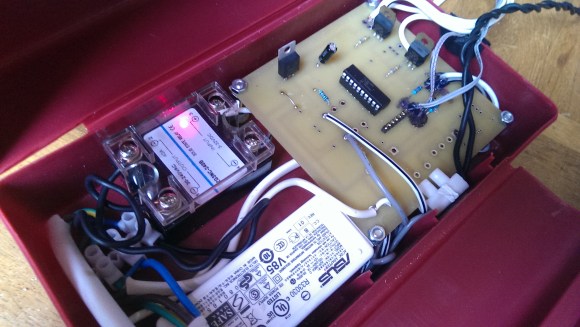 [Michiel] likes to wash his clothes in warm water. Like a lot of machines, his draws from the cold water line and heats it electrically. Gas is much cheaper than electricity in the Netherlands, so he wanted to be able to heat the water with gas instead. Hot-fill machines already exist, but few models are available and they’re all too expensive. [Michiel] rolled up his sleeves and
[Michiel] likes to wash his clothes in warm water. Like a lot of machines, his draws from the cold water line and heats it electrically. Gas is much cheaper than electricity in the Netherlands, so he wanted to be able to heat the water with gas instead. Hot-fill machines already exist, but few models are available and they’re all too expensive. [Michiel] rolled up his sleeves and 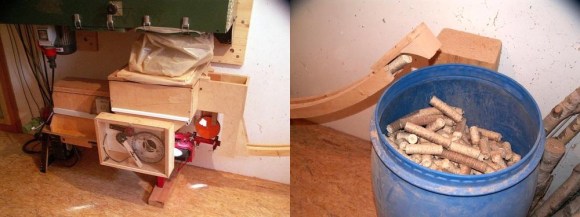
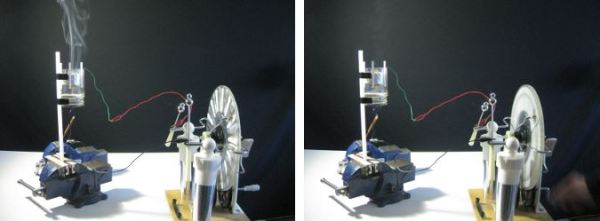
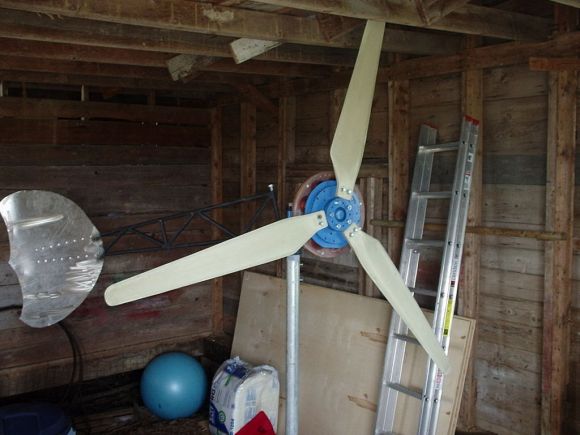
 [Befi] wanted to add a second stage backup disk to his ODROID embedded-board server, which typically draws ~1.5W at idle. After adding the disk, he saw power consumption increase by 2W when the new disk wasn’t spinning. He thought about using one of those USB hubs with the adorable little rocker switches for each port and replacing them with transistors, but that was going to be messy. After some poking around in the USB standard, he found that most support per-port power switching (PPPS), and set about to
[Befi] wanted to add a second stage backup disk to his ODROID embedded-board server, which typically draws ~1.5W at idle. After adding the disk, he saw power consumption increase by 2W when the new disk wasn’t spinning. He thought about using one of those USB hubs with the adorable little rocker switches for each port and replacing them with transistors, but that was going to be messy. After some poking around in the USB standard, he found that most support per-port power switching (PPPS), and set about to 